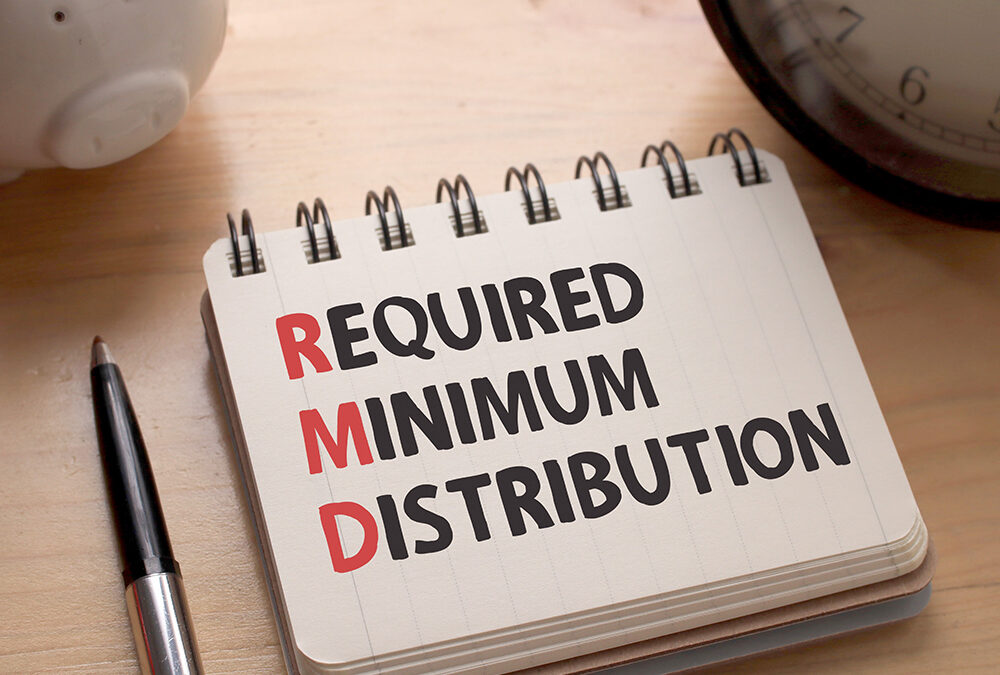By Eric Reich
I spoke with someone on the phone recently who wanted to check on some advice they were given, and I’m glad they did. There seems to be a lot of confusion around taking Required Minimum Distributions, also known as RMDs. RMDs are distributions from your IRA or retirement plan, such as a 401(k) that you are required to take either at age 73 or 75, depending on when you were born. If you were born between 1951 and 1959, you must take an RMD at age 73. If you were born in 1960 or after, you must start taking them at age 75. Technically, you can wait until April 1 of the year following when you turn those ages, but if you do, then you are required to take two RMDs that year.
The caller on the phone knew they had to take an RMD for 2024, but they wanted to do a Roth IRA conversion for the required amount to be taken since they didn’t need the money that they were required to take. They, unfortunately, were advised that this was OK, as long as they took out the correct RMD amount. This is not true!
The RMD amount you must take is calculated by adding up all of your IRAs as of Dec. 31 of the prior year and dividing them by an IRS table known as the Uniform Lifetime Table based on your age. You can take your RMD from any IRA (non-inherited) even if you have multiple IRAs.
Here is where people get confused. You can NEVER do a Roth IRA conversion of an RMD. Even more confusing to many people, is that you cannot do a Roth IRA conversion at all until you have taken all of your RMD amounts out from all of your IRAs even in the same year (not including retirement plans like 401(k)s). You must take the RMD first, then you can do a Roth IRA conversion, but not before the date of the RMD withdrawal first. So, if one of your IRAs had a small balance, and you only want to do a Roth conversion on that one IRA, you must still take the entire RMD from all of your IRAs out before you can do a Roth IRA conversion. If you do not take out all of your RMD for the year prior to doing a Roth IRA conversion, then the amount of his RMD that he had not yet taken would be considered an “excess contribution” and would need to be removed from the Roth IRA. This is really important because prior to the final regulations of the SECURE Act in 2024, this was a gray area that many investors thought was OK to do. We now have confirmation that it is in fact not OK.
Likewise, just like you can’t do a Roth IRA conversion of an RMD, you can also not roll over an RMD. You must take your required RMD prior to doing a rollover. RMDs can never be converted or rolled over. They must always be taken first.
I know this all seems like a lot of technical information, but it is really important to know. If you are planning on doing a rollover or a Roth IRA conversion, you should consult your financial advisor or tax advisor before doing it in order to prevent making a potential mistake.
Securities offered through Kestra Investment Services, LLC (Kestra IS), member FINRA/SIPC. Investment advisory services offered through Kestra Advisory Services, LLC (Kestra AS), an affiliate of Kestra IS. Reich Asset Management, LLC is not affiliated with Kestra IS or Kestra AS. The opinions expressed in this commentary are those of the author and may not necessarily reflect those held by Kestra Investment Services, LLC or Kestra Advisory Services, LLC. This is for general information only and is not intended to provide specific investment advice or recommendations for any individual. It is suggested that you consult your financial professional, attorney, or tax advisor with regard to your individual situation. To view form CRS visit https://bit.ly/KF-Disclosures.
Eric is President and founder of Reich Asset Management, LLC. He relies on his 25 years of experience to help clients have an enjoyable retirement. He is aCertified Financial Planner™ and Certified Investment Management AnalystSM (CIMA®) and has earned his Chartered Life Underwriter® (CLU®) and Chartered Financial Consultant® (ChFC®) designations.
















